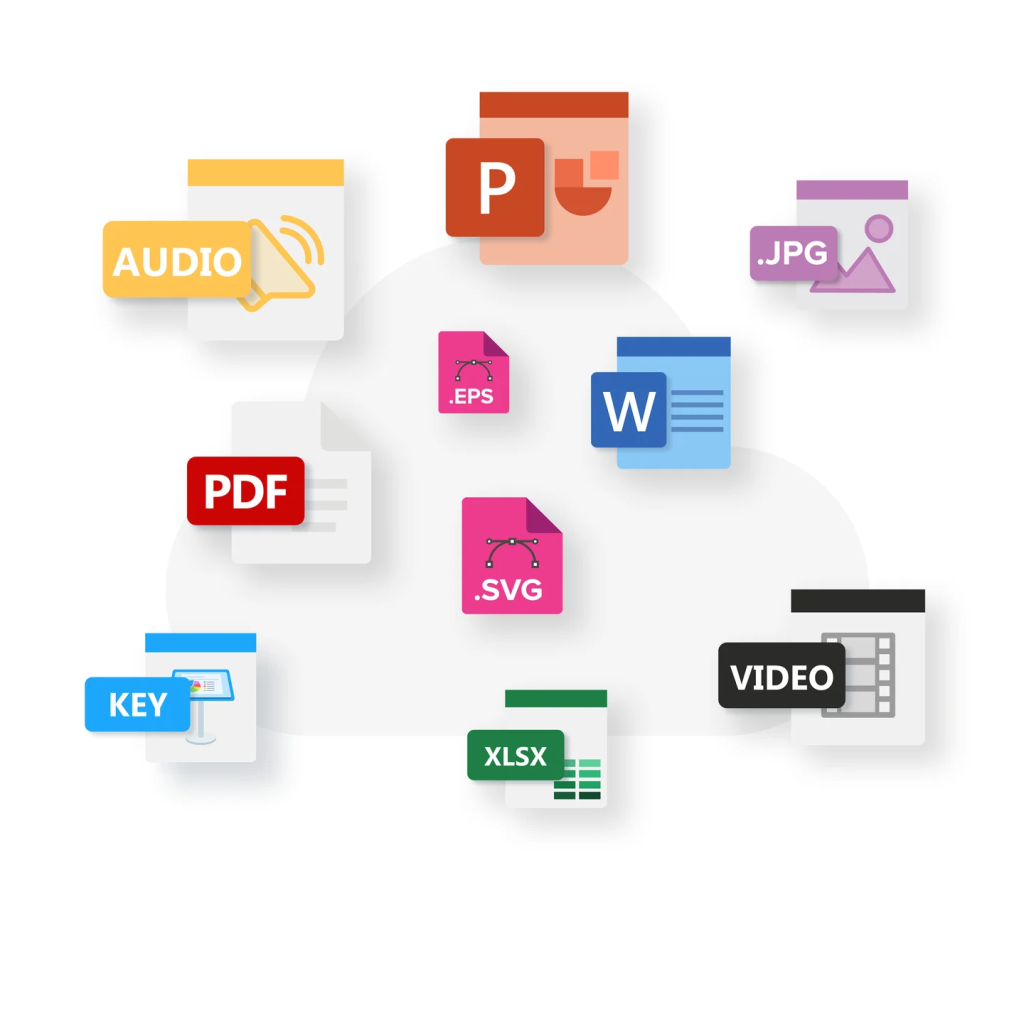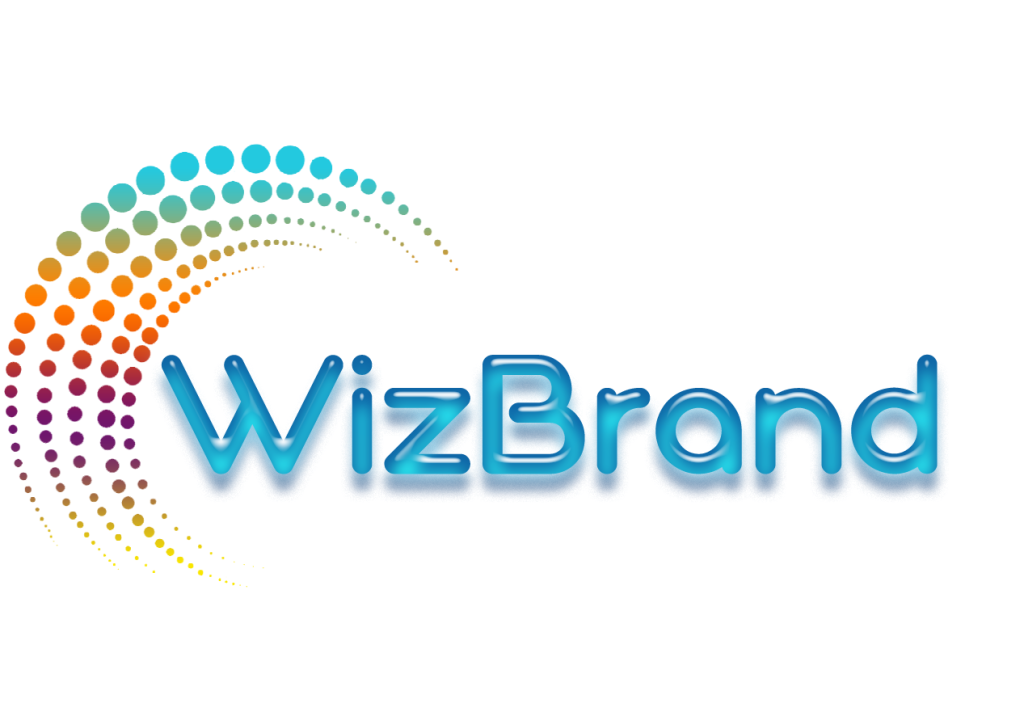Upgrade & Secure Your Future with DevOps, SRE, DevSecOps, MLOps!
We spend hours scrolling social media and waste money on things we forget, but won’t spend 30 minutes a day earning certifications that can change our lives.
Master in DevOps, SRE, DevSecOps & MLOps by DevOps School!
Learn from Guru Rajesh Kumar and double your salary in just one year.

In today’s digital age, managing an ever-growing inventory of digital assets is a daunting task. Traditional storage systems—like hard drives, network-attached storage (NAS), or local servers—are often cluttered, inefficient, and vulnerable to data loss. As your digital asset library expands, these systems can hinder collaboration, slow workflows, and lead to content mismanagement.
This is where Digital Asset Management (DAM) systems, like Wizbrand, offer a solution. Moving to a DAM platform is not just a technical upgrade; it’s an essential step toward improving productivity, organization, and collaboration within your team. In this guide, we’ll take you through a step-by-step approach to migrating from traditional storage to a DAM solution, highlighting how Wizbrand, recognized as one of the Best Digital Asset Management Software, can streamline the process.
Why You Should Migrate to a DAM Solution
Before diving into the migration process, it’s crucial to understand why making the switch to a DAM system is beneficial. Traditional storage systems tend to be disorganized, making it difficult to locate and manage files quickly. Without a centralized system, your assets may be scattered across various locations and stored in different formats, which can cause inefficiency and confusion.
A DAM solution, on the other hand, centralizes assets, provides organized access, and helps with advanced features like SEO optimization, asset versioning, and enhanced team collaboration. By migrating to the Best DAM Tools in the world, you can:
- Centralize Your Assets: Store all digital assets in one secure, easily accessible platform.
- Boost Collaboration: Facilitate better teamwork with shared access to assets and real-time updates.
- Enhance Searchability: Easily find assets through advanced metadata and search filters.
- Ensure Security and Permissions: Manage access controls to protect sensitive assets.
Migrating to a DAM solution isn’t just about organizing files; it’s about future-proofing your business’s digital workflows.
1 Assess Your Current Storage System
The first step in the migration process is to understand the limitations of your current storage system. Begin by assessing how your assets are currently organized and where they are stored. Are files scattered across different hard drives, folders, or cloud services? Are you experiencing issues with version control, file access, or slow retrieval times?
A clear understanding of these challenges will help you plan the migration. Take inventory of your digital assets—categorize them by type, usage, or project—and note any metadata you want to retain, such as keywords or descriptions. This will help you determine how to best map your existing storage to your new DAM system.
2 Choose the Right DAM Solution
The next step is to select a DAM solution that meets your needs. There are many options available, but it’s essential to choose a platform that integrates seamlessly with your current systems and supports your business’s goals.
Wizbrand is an excellent option for businesses looking to optimize their digital asset workflows. As one of the Best Digital Asset Management Software, Wizbrand not only helps organize and secure your digital assets but also integrates advanced SEO features to improve asset discoverability.
By using Wizbrand’s SEO Management Software, you can ensure that your content is optimized for search engines, driving higher visibility for your brand. Wizbrand’s robust tools are ideal for digital marketers, content teams, and SEO professionals looking to improve content management and collaboration across teams.
3 Organize and Categorize Your Assets
Before moving your assets to Wizbrand’s DAM system, take the time to organize them. Categorize your assets by type (images, videos, documents, etc.), project, or campaign. This will simplify the migration process and ensure that your assets are easy to find once uploaded.
Consider using naming conventions and adding metadata to help with asset classification. Metadata such as keywords, descriptions, file type, and usage rights can help with efficient searching later. Wizbrand provides powerful metadata management tools to help ensure that all assets are correctly tagged and organized, allowing for easy retrieval.
4 Prepare Your Data for Migration
The preparation stage involves making sure that all your assets are ready to be migrated to the new DAM system. This may include converting files into compatible formats, ensuring that high-resolution versions are available, and verifying that metadata is complete and accurate.
For a smooth migration, you’ll also need to consider any dependencies or relationships between files. For example, are there files that need to be updated or versions that need to be merged? By preparing your data thoroughly, you can avoid problems later on.
5 Migrate Your Assets to Wizbrand
Now that your assets are organized and ready, it’s time to migrate them to Wizbrand. Wizbrand’s platform allows for a seamless migration process, with easy-to-use upload options that support bulk transfers. Whether you’re uploading images, videos, documents, or other assets, the migration will be streamlined and efficient.
As you transfer files, ensure that all metadata is preserved and associated with the correct assets. Wizbrand’s tools allow for metadata management during the upload process, so your assets will be tagged and categorized for easy retrieval once the migration is complete.
6 Set Up Permissions, Access Control, and Workflows
After uploading your assets to the DAM platform, it’s important to set up user permissions and access controls. Wizbrand enables you to define roles and set permissions for different teams or individuals. For example, marketing teams can have edit access, while senior management may only have view access.
Additionally, Wizbrand’s system supports collaborative workflows, enabling teams to collaborate on content creation, review, and approval. This ensures smoother and faster processes, allowing for quicker turnaround times and fewer bottlenecks.
7 Train Your Team on the New System
Once your assets are migrated and permissions are set, the final step is to train your team. Ensure that all users understand how to search for and manage assets in the new system. Provide training on uploading new assets, tagging metadata, and collaborating on workflows within Wizbrand.
Wizbrand’s intuitive user interface makes it easy to adopt, but offering continuous support and guidance will ensure a smooth transition for your team.
Conclusion

Migrating from traditional storage to a DAM solution like Wizbrand will transform how you manage digital assets. With Wizbrand, you can centralize your assets, optimize them for SEO, improve team collaboration, and ensure greater security and control.
Ready to streamline your digital asset management? Explore Wizbrand today and take the first step toward optimizing your digital workflows.